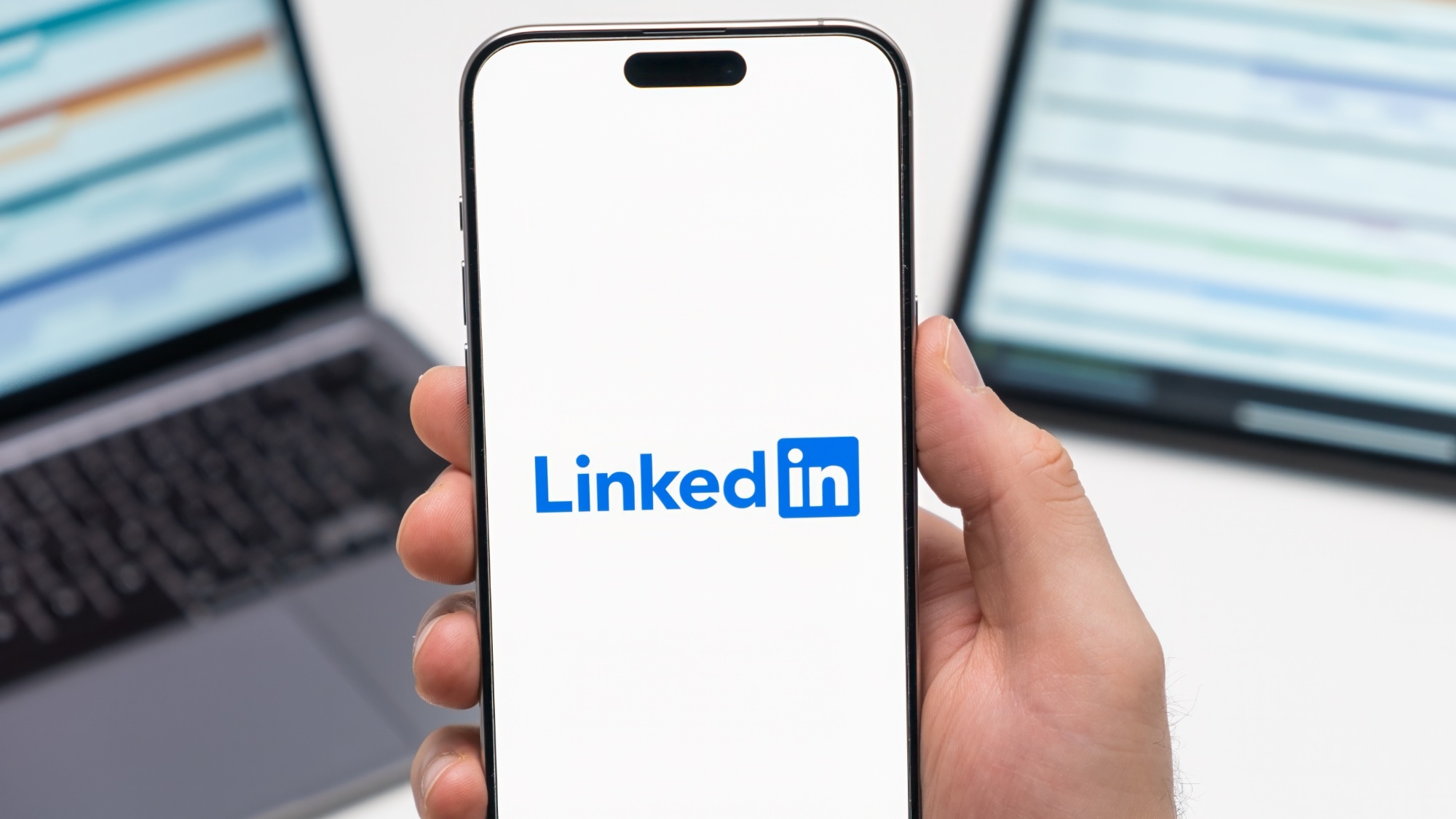LinkedIn is scraping your data to train AI — here’s how to opt-out
Update this profile setting to keep your data secure.

AI is gracing the presence of social media in new ways every day. To stay relevant, LinkedIn has jumped on the bandwagon, too. The Microsoft-owned company, used predominantly by networking professionals, has introduced several AI-driven features.
These features, mostly available with LinkedIn Premium, include a job-seeker chatbot, AI-powered writing assistance for profiles, and tools for recruiters, including automated messaging and AI-generated job descriptions.
What is LinkedIn doing?
While users are accustomed to LinkedIn making site enhancements to improve their networking endeavors, it’s safe to say that most of us were not expecting to be left in the dark regarding the company's data practices.
The current backlash stems from LinkedIn’s Senior VP and general counsel,
Blake Lawit, providing a "trust and safety" update, explaining that LinkedIn takes the data from users’ profiles and posts to improve its AI tools. Unfortunately, this data collection was happening automatically—without explicit user consent. You can read it for yourself here.
Despite LinkedIn’s efforts to improve its platform with AI, including features that many users enjoy, the automatic data collection has left users feeling blindsided. The platform, with roughly 830 million members, had not been upfront about how deeply user data was being integrated into AI training models, and this has triggered a wave of concern around privacy and data security.
On the bright side, LinkedIn members in the European Union can rest easy. LinkedIn has not been collecting data from EU users for the purpose of AI training, thanks to stringent data privacy laws, particularly the General Data Protection Regulation (GDPR). In fact, LinkedIn has stated that it has no plans to collect such data from EU users in the foreseeable future.
LinkedIn’s use of user data for AI training is part of a larger trend in the tech industry, where data from millions of users is used to power AI advancements. As AI grows and evolves, more companies will likely employ similar tactics. This raises important questions about transparency, consent, and data privacy. Now seems like as good of a time as ever to read the small print and keep a close eye on what you’re sharing on social media platforms.
Sign up to get the BEST of Tom's Guide direct to your inbox.
Get instant access to breaking news, the hottest reviews, great deals and helpful tips.
How to opt out of LinkedIn's data sharing for AI
Although there’s no taking back the data that has already been shared, opting out of LinkedIn’s data collection for AI training in the future is relatively simple. If you're concerned about how your data is used, I recommend taking the following steps to prevent LinkedIn from further using your information to train its AI models.
Log in to your account and find the Data privacy tab

Click on Data for Generative AI Improvement

Toggle off to opt-out

More from Tom's Guide
- I asked ChatGPT Voice to tell me a true crime story — the scary good results
- Hollywood studio strikes a landmark deal to start using Runway AI — this is big
- I test AI for a living — here’s my 5 favorite AI writing tools











